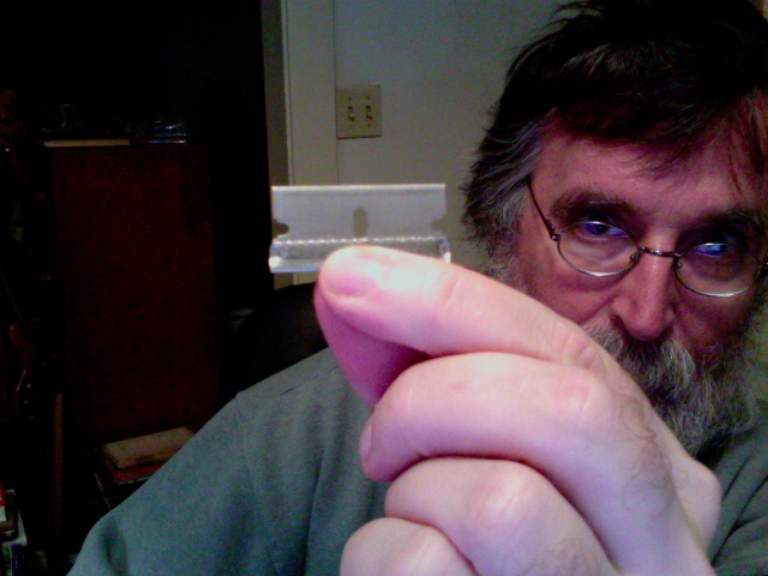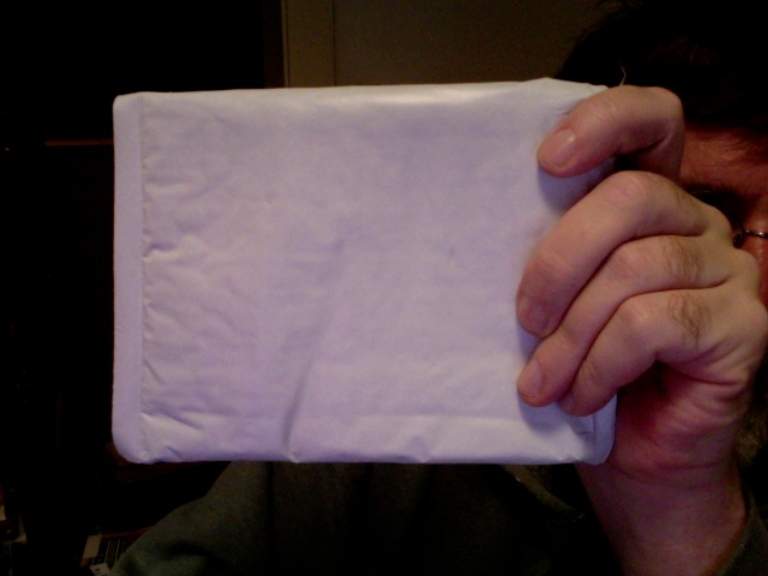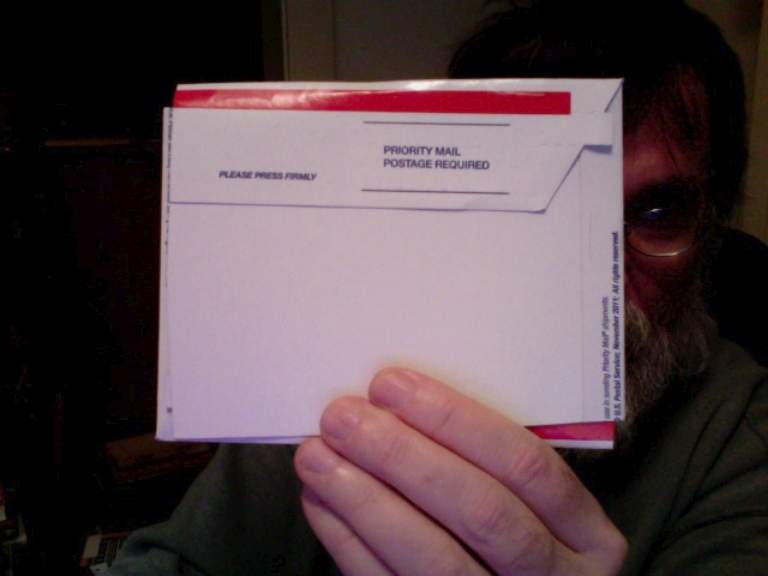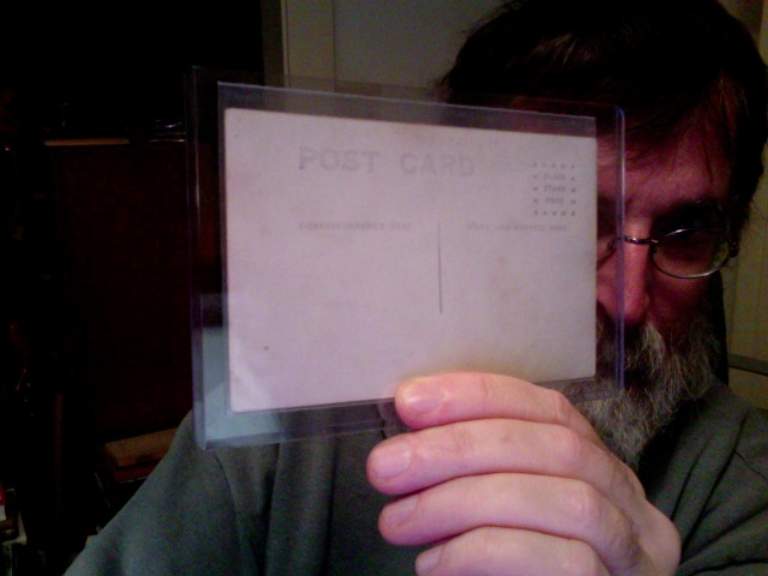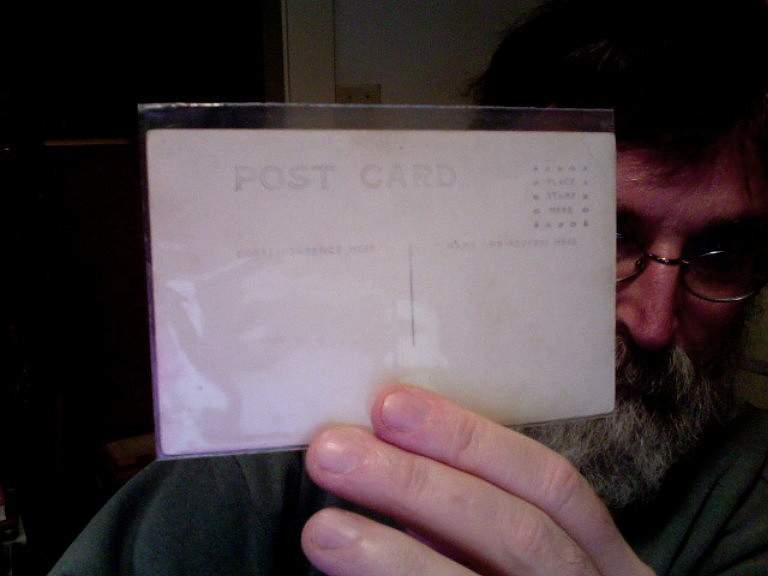The matryoshka card
January 3, 2024 by Thomas Wictor
As some of you may know, the US Postal Service has me on a list. A large percentage of the valuable postcards I buy go missing, even when they’re registered. The Snowden revelations have convinced me that it would be the easiest thing in the world for my name and the names of my German postcard dealers to be flagged. The only cards that disappear are the ones with the greatest resale value.
A couple of days ago, a German dealer finally agreed to use my foolproof method of getting me my card, and it worked like a charm. After the US Postal Service has gone out of business, all its former workers have had their pensions canceled, and their gold-plated health insurance is but a memory, I’ll reveal how I got my cards past the theft ring in New York. For now it’ll remain my little secret.
There’s never a dull moment when you buy military postcards. You can get into frenzied bidding wars, you can buy from certifiably insane people, you can find absolutely priceless images that nobody else seemed to see, and you can get possible signs or messages that you did the right thing. It’s a stressful, rewarding hobby. Most of all, it’s really, really weird.
The matryoshka card
A matryoshka is one of those wooden Russian doll sets that’s made up of increasingly smaller versions nestled inside each other. I recently bought a very valuable postcard that will go into my book Assault Troops of World War I: The Central, Allied, and Neutral Powers. I hope to finish it soon, if I can get my head back on straight. It’ll be the fourth and final volume of my Military Tetralogy.
The card arrived today. In record time, I might add. I won’t show you the card because I’m not trying to make fun of the dealer. If I showed the card, some people would recognize it, since a lot of us fought over it. My only point in writing this post is to make you laugh. But not at anyone. Except me.
What I’ve learned is that the most important tool for a postcard collector is this.
Dealers tape everything closed. They use clear packing tape. The only way to get at your purchases is to carefully slice into the envelope or cardboard mailer with a single-edged razor.
Today this box came in the mail.
It’s nine inches long, five and a half inches wide, and one and three-quarters inches high. Both ends were sealed shut with clear packing tape. Since the flaps on the ends had tongues, I had to make three separate cuts with my razor: one on the top of the box and one on either side of the tongue-slot. Then it took a strong yank to open the flap.
Inside the box was this.
It’s a padded plastic envelope, with bubble wrap on the inside. Both ends of the envelope were folded over and sealed with clear packing tape. I sliced away until one end opened, and out came this.
This is a cardboard mailer, cut in half to form two pockets. One pocket was slipped inside the other, and the whole thing was sealed with clear packing tape. To open it, I had to run the razor along all four edges of the mailer. When I pulled the two pockets apart, I found this.
It’s another plastic padded envelope, folded in half and sealed with clear packing tape on all sides. Again, I had to use the razor to make four separate cuts. Inside this padded envelope was a stiff plastic postcard protector, the edge sealed with clear plastic packing tape.
I sliced the tape, but the protector was so stiff that I had to pry it open with a butter knife. The postcard itself was inside a soft plastic envelope, sealed with clear plastic packing tape.
I sliced open the end of the envelope, and finally had my postcard.
I’m grateful that it arrived safely.
Also, I’m grateful that the Estonian dealer from whom I buy a lot of cards wasn’t the sender. What he does is wrap the card in cling film, tape it to a piece of cardboard, place another piece of cardboard over it and seal all four edges with clear plastic packing tape, put it in an envelope, and apply a piece of double-sided tape to the inside of the envelope flap so that the package can’t be opened.
When the Estonian’s cards arrive, I have to slit the envelope on all four sides, then I have to carefully cut the tape holding the two pieces of cardboard together. Since he uses pieces of cardboard the exact size of the postcard, it’s easy to slice right through your century-old images of Russian soldiers. Once the cardboard has been removed, I have to carefully slice off the cling film.
To get at the Estonian’s cards, I need a magnifying glass and bright sunlight. But the effort is always worth it.
Military band playing after the swearing-in ceremony of a Russian women’s Battalion of Death, 1917.

